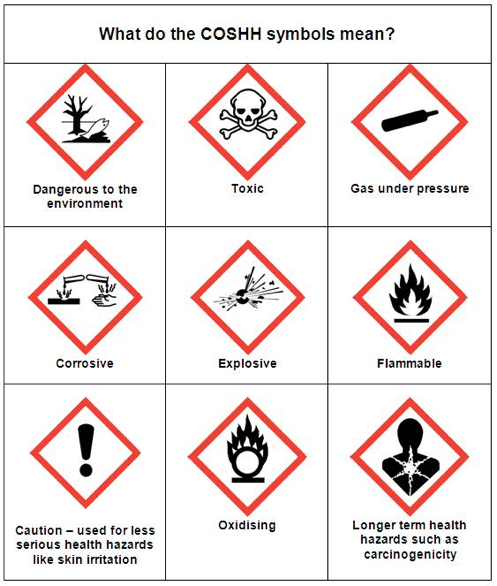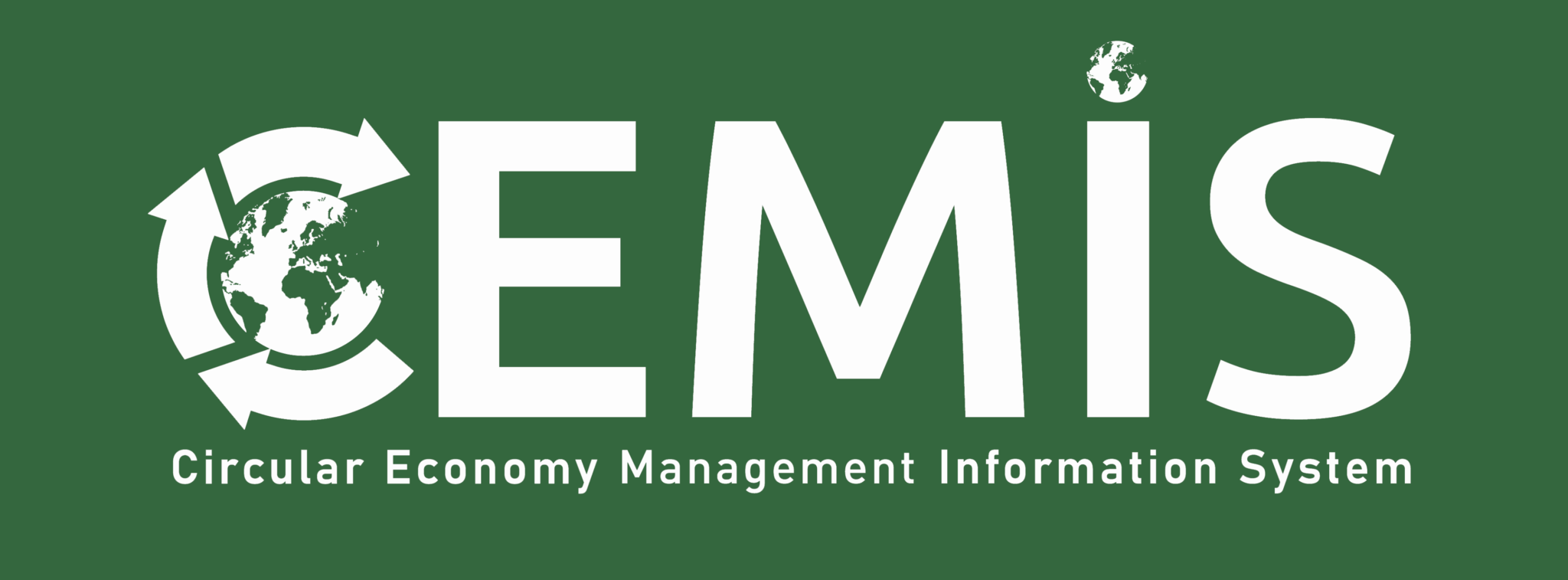Almost everyone has heard about “hazardous waste”, especially watching a film, where there is a container with the specific symbol of toxic content. But do we know which waste is classified as hazardous, what should we do with this kind of waste and why it is so important to deliver the hazardous waste to the designated places? It turns out, that some waste from our households, which we might thought that it is not harmful, in fact is classified as hazardous and should be delivered to a special wastes’ sites. But this is not a regular practice in Bulgaria, more often not because people do not want to do it, but because they do not know which waste is toxic and which is not.
That is why we would like to offer you a brief overview of the topic, which may give you some answers to the questions you asked yourselves and will bring you more information for the hazardous waste from the households.
Which waste is hazardous and why?
Hazardous waste is each waste, which has dangerous / toxic properties and which can be harmful to human health or to the environment. Hazardous waste can be in different physical state – solid, liquid or gas. It can be dangerous for people because of direct contact, or because it pollutes the air, the water or the soil.
Hazardous waste can be divided into 4 basic groups, based on their distinguishing properties:
– from the households;
– from the industry;
– from the constructions;
– radioactive.
Each hazardous waste has one or more dangerous property and they can be – explosive, flammable, corrosive, irritating to the skin and damaging to the eyes, causing acute toxic effects, carcinogenic, infectious, etc.
The focus here will be put especially to the dangerous waste from the households, which every person, consciously or not, accumulate. Did you know that the package of the bathroom cleaner is classified as hazardous waste? The reason is that it is contaminated. Even that the package is made from plastic, it should not be delivered in the container for plastic products, but it should be treated as hazardous waste.
As hazardous waste should be classified and some old batteries, as well as some old electric appliances. If this waste is toxic or not, depends on the substances, which they include, like lead, mercury, asbestos, phosphors and etc.
Very often the cleaners, which we use in our household are classified as dangerous, because they include substance, harmful for human health.
And of course – the old medicines! The old medicines are classified as dangerous waste and we should not deliver them to the common containers, but to special places.
We should say that each good, which can become a hazardous waste, should be marked with the specific symbols. If you are wondering if the cleaner, that you have got, is dangerous or not, you should look for some of the symbols, depicted on the package:

What should we do with the hazardous waste, if we lived in Bulgaria?
After we determined what can be classified as hazardous waste, we should say what we should do with the dangerous waste, we produced.
There is not a unified system for hazardous waste, working on the territory of the whole country. The problems with them are rather solved on regional / municipal level and each municipal decides by itself how will gather the hazardous waste.
The National System for separate collection of hazardous waste from households is the widest and most effective system in Bulgaria. It operates from 2014 and cover the needs of more than 2,5 million citizens. This system gathers the hazardous waste from citizens’ homes on a demand or it works, based on mobile points, where people can deliver the hazardous waste, which they have already collected. More information for the mobile points – when and where there will be such point – you can find on this link – https://bit.ly/3PtxKUc The schedule is made for each single year and the information is constantly updated. However, the system does not operate on the territory of the whole country.
In addition, within the project “Pilot Models for Environmentally Friendly Collection and Temporary Storage of Hazardous Household Waste from Households”, financed under The Bulgarian-Swiss Cooperation Programme and with the support of The Enterprise for Management of the Environmental Protection Activities (EMEPA), 5 pilot centres for collection of hazardous household waste were built in the Municipalities – Shumen, Razgrad, Sozopol, Saedinenie and Levski.
Why it is so important to deliver the hazardous waste for recycling?
We all know that is important to deliver our waste for recycling, because thus it is transformed from unnecessary thing into raw material. But why it is even more important to gather and deliver the dangerous waste?
By sorting the hazardous waste from the general stream, we reduce the risk they go into and contaminate the environment or become a potential risk to human health. On the other hand, when we deliver them on certain places, we eliminate the risk they can become part of the general waste stream and to contaminate it. By this, we help for the correct gathering and treating of the waste and for their subsequent use as raw materials.
Or in other words, if we delivered the package from the bath cleaner (where there are some of the upper symbols) in a container for plastic waste, not only we do not help with the proper waste collection, but we also contaminate the other packages, which are correctly delivered.
It turns out that every person accumulates a lot of hazardous waste daily as packages from cleaners (from plastic, paper, metal), batteries, toxic ingredients and etc. Till now, humanity has not found a better way to deal with this kind of waste, than recycling and using it for energy recovering. This is why it is so important for us to be responsible and to deliver the hazardous waste from our households to the designated places, where they will be recycling and will be turned into raw materials (when this is technically possible and financially sustainable). Doing this, we not only decrease the amount of the waste, protect the human health and the environment, but we also help to reduce the climate changes indirectly, which could be a huge challenge in the future for the whole humanity.
What is the pathway of the hazardous waste?
As we already mention, the hazardous waste from the households in Bulgaria are collected mostly by mobile points. After that they are delivered to designated places (in some municipals the hazardous waste could be delivered directly to these places from the citizens), where they are recovered or neutralized. This can only be done after checking the documentation, measuring the waste on a scale and registration the amount of the waste in internet, after that there should be inspection and taking a sample. The designated places themselves also should be checked by the operator. The operator should control the type and the composition of the waste, received for treatment, should monitor for the technology for recover or disposal, should monitor the condition of the technological equipment and the reliability of construction structures and facilities, should check the emissions of harmful substances released in the air and in the water, as well as the soil pollution.
However, it turns out that in Bulgaria not each hazardous waste can be treated, because it cannot be recycled or reused. In the common case, it is about for the hazardous wastes, produced by the industry. This requires these kinds of wastes to be transported to other countries, where it is possible to be processed and reused as raw material. The transport is done by land, water or air, according the international law and under strict control by the monitoring authorities. This is needed to be stopped the hazardous effect upon humanity and environment.
European hazardous waste management
Despite improvements in hazardous waste management, according to European Environment Agency (EEA) reports, more measures would be required to prevent the build-up of hazardous waste across Europe. The Agency constantly reviews the implementation of programms for preventing the accumulation of waste, which an be hazardous to human health and the environment.
The EEA is focused on preventing the accumulation of hazardous waste, which is one of the priorities of the environmental politics in Europe. The Agency reviews the tendency in waste accumulation of hazardous waste, generated in Europe, as whole, and as well as in each single European country and makes a general overview of the goals, tasks, indicators and measures to prevent their formation.
According to some data, the hazardous waste on the territory of EU is about 4 % from the whole waste. These are mostly mineral, chemical and medical waste. And if the management of the of the waste, generated by the construction, mining and quarrying, and household sectors is correctly done, this waste can be turned into good source of raw material.
A lot of programmes aimed to prevent waste generation, operated in the EU. They include special measures for decreasing the generation of hazardous waste. Most of the measures are linked to curbing production and including bans on toxic materials. However, prevention of accumulation of hazardous waste has lower priority, than management of the waste in general. Prioritisation of the hazardous waste problems at the EU level is one of the drivers for better prevention at national or regional levels.
The problems with the accuracy and the quality of information for hazardous waste are not to be neglected. The changes in the classification of the waste and their designation as hazardous or not, lead to a number of inaccuracies in their description and may affect the accuracy of national data.
In conclusion, we must emphasize that it is important for the society to know and to distinguish which waste is hazardous and which one is not, so that it can correctly collect and transfer the generated waste for subsequent treatment. In this regard, it is good for the society to have more information about hazardous wastes from the households, and to be aware how they are marked and where they should be delivered. It will be a good practice if the access to designated places for the separate collection of hazardous waste will be facilitated. As well as the mobility points for this kind of waste should become more and should cover the territory of the whole country. And of course, each one of us should be aware which waste is hazardous and which one is not, how they are marked, how and where they should be delivered, because only our responsible behavior to the waste, that we accumulated, will lead to a clean and safe environment.

